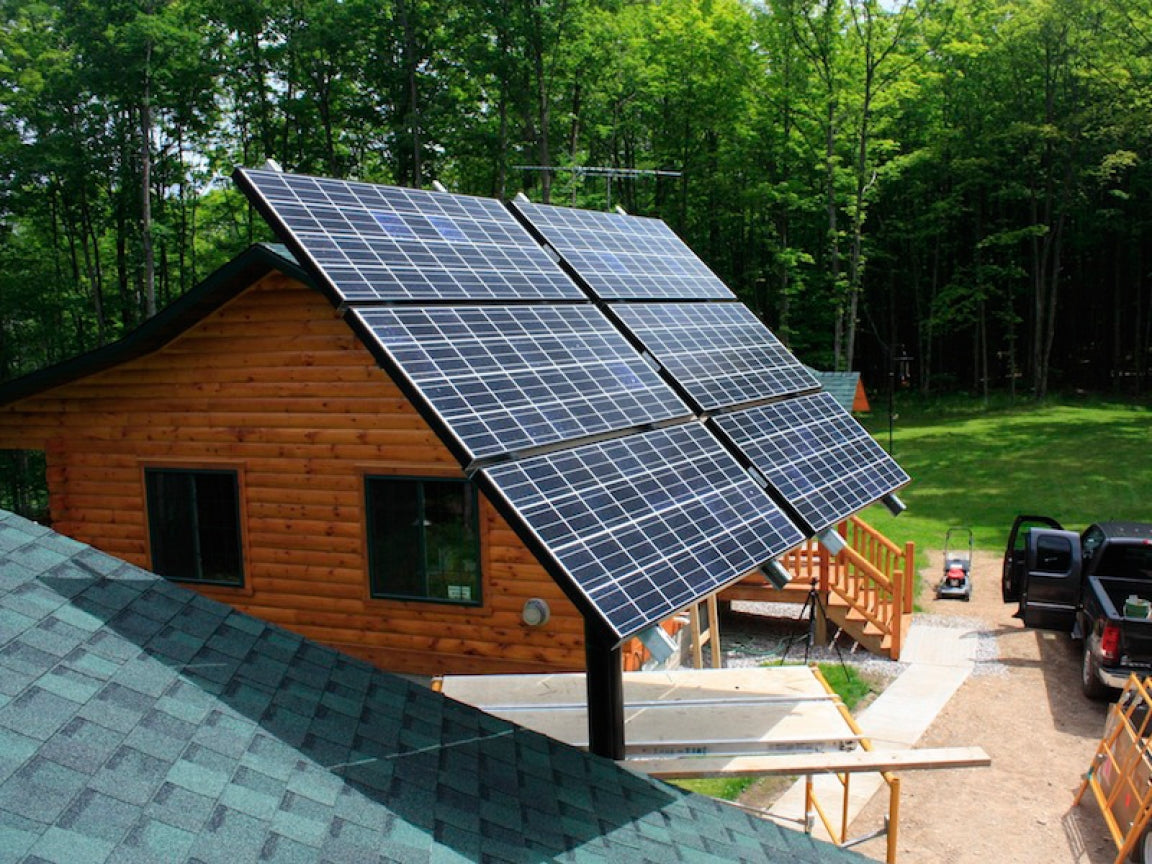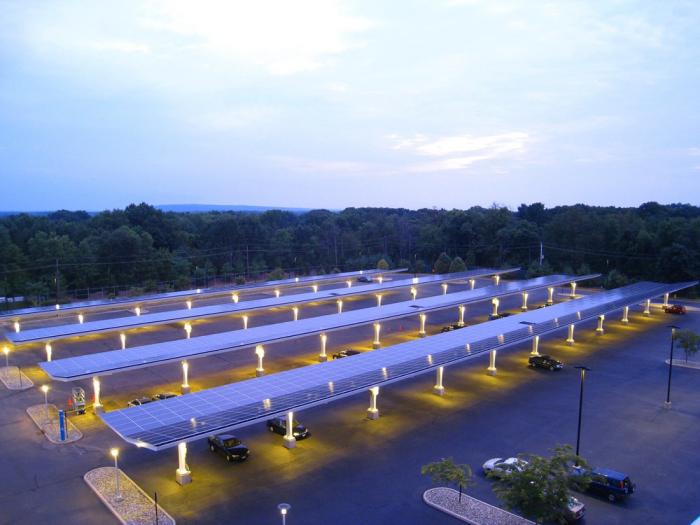At present, solar was the No. 1 source of new electricity generation ahead of natural gas and coal, While it’s exciting to see the growth of cleaner sources of electricity, not all solar is made with sustainable business practices. At SOLARPARTS, we aspire to be leaders in responsible green manufacturing. That means we build solar products that are as sustainable as the clean energy they produce.
Myth: Manufacturing solar panels uses more energy than they will generate.
Fact:While it may take fossil-fuel energy to create clean energy, it doesn’t require as much as one might think. We closely monitor what’s called “energy payback time” to calculate the time a panel needs to produce the equivalent amount of energy used during the product’s entire lifecycle — from sourcing raw materials to end of life.
According to many researches, most commonly used photovoltaic solar panels have an energy payback time of less than four years and will produce a net gain of pollution-free energy of 26 to 29 years (assuming a 30-year lifespan). SOLARPARTS solar panels pair a lower degradation rate with the highest efficiency ratings on the market, producing up to 60 percent more energy in the same space over 25 years. That means homes and businesses can produce more power with fewer SOLARPARTS solar panels, which also reduces the overall environmental footprint.
Myth: Solar panels are made of toxic materials that are harmful to humans.
Fact: SOLARPARTS aims to minimize environmental impacts at every stage of the product lifecycle and we are committed to transparency. We voluntarily adhere to the International Organization for Standardization’s environmental management practices, achieving a lot of international certification, which helps organizations improve their environmental performance through more efficient use of resources and reduction of waste. Additionally, SOLARPARTS is committed to ensuring our products and components are free from harmful substances, such as lead or cadmium.
Myth: Solar panels use too much water to generate electricity.
Fact: With recent drought conditions across the globe, water conservation is a top environmental concern. Unlike concentrating solar thermal plants that require water for cooling, solar PV systems do not use water for generating electricity. However, as in all manufacturing processes, some water is used to manufacture solar PV components, but it’s far less than is used to generate traditional electricity.Water is also used to clean solar panels. Solar equipment, especially on large solar installations, needs to be cleaned regularly to remove dust and optimize energy production.
Myth: Solar panels can’t be recycled.
Fact: Most of the solar power in the world was installed within the last decade and has a life expectancy of 30 years or longer, but it’s still important to prepare to recycle solar panels. For SOLARPARTS, we have always continue to pay attention on the recycling problem of solar panel. It is possible to recycle your old solar panels. Homeowners and businesses alike will want to understand that while recycling e-waste (electronic waste) such as solar panels is possible, it isn’t always straightforward. Businesses have a responsibility to focus on sustainability initiatives, and recycling e-waste is certainly a worthwhile consideration, particularly when some businesses fall back on greenwashing instead of practising eco-friendly values. Understanding how solar panels work is only the beginning of the recycling process. About solar panels recycling, you can search information from SOLARPARTS official websites or the below information:
Phone: +86-13923729619 Fax: +86-755-28720791
WhatsApp: +86-13923729619 Wechat: 13510027129
Email address: Philip@isolarparts.com
Homepage: www.isolarparts.com



